The development of armored personnel carriers in Russia: from the first to the present. Part two
First part: Development of armored personnel carriers in Russia: from the first to the present day
The young Soviet power, not yet recovered from its past wars, was forced to keep pace with the times. Despite the economic difficulties, the Workers 'and Peasants' Red Army was arming foreign weapons, the development of our own weapons was actively carried out: from personal infantry to combat aviation. Developed and ground armored vehicles, in particular, armored personnel carriers. So, we will consider the first attempts of Soviet engineers to create an armored personnel carrier.
At the end of 1930, the bright minds of the Experimental Design Bureau of the Directorate of Mechanization and Motorization of the Red Army paid attention to the well-proven Communar tractor manufactured by KhPZ (Kharkov Locomotive Plant). Engineers decided to create a landing tank based on a tractor. The model was based on the G-75 model, equipped with a hp 75 gasoline engine.
In the spring of 1931, a prototype landing tank D-14 was ready. In the summer of 1931, the car was tested. The body of the armored vehicle was made of sheets of steel 6-11 mm thick, fastened with rivets. In the front of the case was an engine - a gasoline 4-stroke liquid cooling. The capacity of the fuel tanks of 284 liters provided a cruising range of 150 km.
The troop compartment occupied the entire middle and aft part of the vehicle. The landing party was 15 people. Landing and landing was carried out through side doors (three on each side). Crew - 2 person: the driver and commander of the car. Armament - two DT-29. Very funny is the fact that the developers of the machine assumed that the machine guns could be installed in one of the 4 ball units, located one by one in the front, aft and side armor plates of the troop compartment and the control compartment.
The machine did not pass the factory tests and was not accepted for service. Further development of the armored carrier was discontinued.
13 February 1931, the T-26 tank was adopted by the Red Army. The modern machine began to be produced at the Bolshevik plant in Leningrad, production was planned to be adjusted at the Chelyabinsk and Stalingrad tractor plants under construction. The tank, which the army needed, was produced in two-turrets: machine-gun and cannon-machine-gun. Later, due to the increase in the number of tanks in the armies of European countries, a “tank destroyer” - a single-topped T-26 armed with an 45-mm cannon, will be born. It was supposed to produce a tank and as an infantry carrier. Thus, in 1932-1933, students of the military academy of armored forces showed a design of an armored personnel carrier based on T-26. The vehicle received a different layout from the tank: the engine was moved from the rear of the hull to the middle, thus freeing up enough space for the landing compartment; engine compartment located in front of the machine.
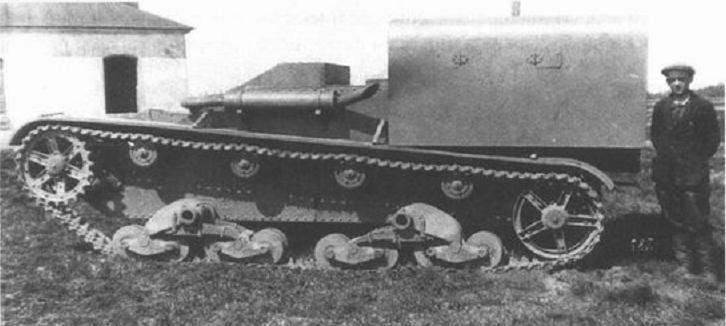
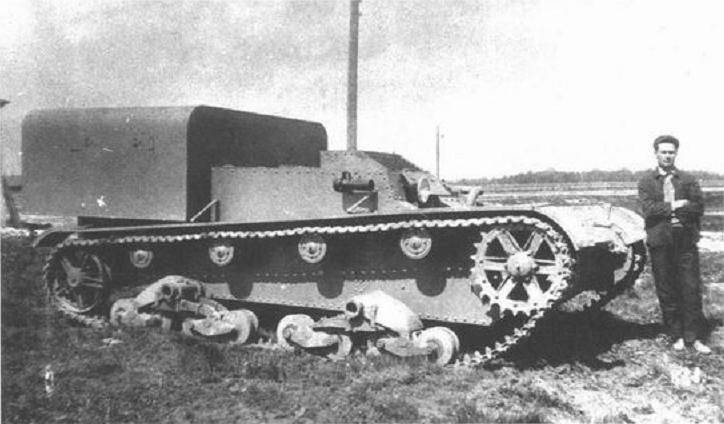
The TP-1 was sheathed with steel 6 — 10 mm thick, i.e. had bulletproof armor. Armored car engine - 6-cylinder four-stroke American "Hercules" with a capacity of 90 l / s. Armament: DT-2 machine gun 29 in the front and rear walls of the troop compartment with 4977 ammunition ammunition (79 discs on the 63 cartridge!). The armored box, sheathed with 6-mm armor and the landing compartment, had a wide door at the back of the vehicle. The crew - 1 man (driver) and 14 paratroopers (!).
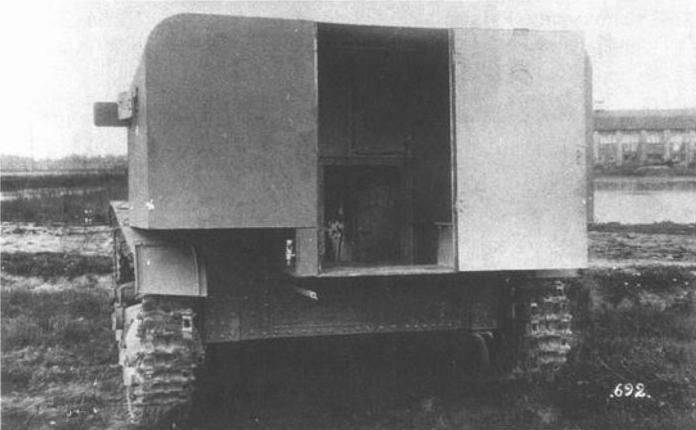
The paratroopers sat shoulders to shoulders, their knees resting on those sitting opposite. There were also loopholes in the armored corps, but firing of them was possible only with 5 paratroopers in DO. The car, which arrived at the landfill in August 1933 and was tested in 1934, was not put into service for the following reasons: close troop compartment, insufficient maneuverability (the weight of the loaded car increased to 9,5 tons), fast engine overheating, leaking hull (during passage even a small water obstacle, the troop compartment was flooded with water). Nevertheless, the experience in creating the car was useful for the development of the next tracked armored personnel carrier of the Red Army - TR-4.
Created also on the basis of the T-26 tank, the TP-4 had a slightly different layout than its ancestor, the TP-1. The machine was developed in 1933 by the plant spetsmashresta them. CM. Kirov. Made in the amount of three samples. The troop compartment, which is also an armored box, was moved to the middle of the hull. Landing and landing of infantry were made through two side doors.
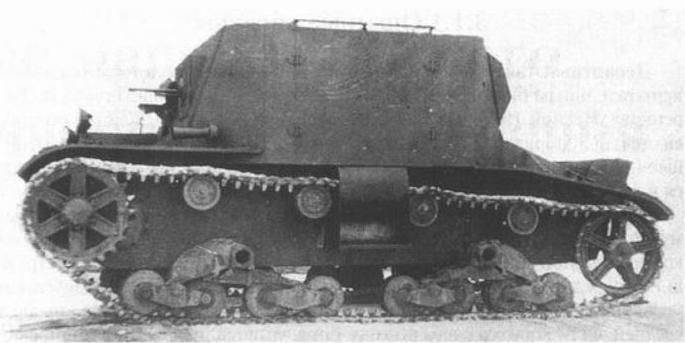
The landing force was located on five folding seats installed along the drive shaft connecting the engine and transmission (two on the right and three on the left). Two benches were located along the side walls of the cabin and had folding footrests for foot rest. In the landing cabin was also placed the armament of the machine - 2 DT-29 in ball units with ammunition in 4980 cartridges. It is worth adding that the troop compartment was ventilated (the fan was located at the rear of the hull). Crew - 1 people, landing - 12-14 people. The engine compartment with the engine "Hercules" was located in the rear of the hull and was separated from the landing with a partition. Access to the engine could be obtained through two special hatches.
The armor protection remained at the level of the TP-1 - anti-bullet, made of armored rolled sheets with a thickness of 6-10 mm. The connection of armor plates was carried out by welding. The power reserve of the machine is about 120 km. Despite the fact that the car almost got rid of the "childhood" diseases of its predecessor, it was not accepted for service.
Further development of the B-based T-26 was not conducted.
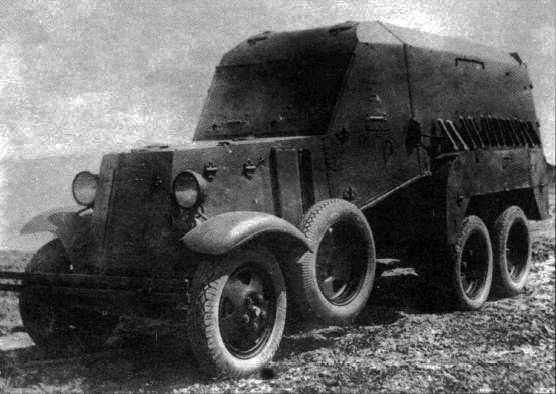
The next project to create an armored personnel carrier was already wheeled vehicle. In September, a sanitary armored personnel carrier, BA-1938, was created on the basis of a three-axle GAZ-AAA. Initially, the car was built by order of the sanitary department of the Red Army to transport wounded soldiers, but the possibility of using it as a combat vehicle was. So, the machine could accommodate - 22 stretcher with patients or 4 -10 paratroopers (depending on equipment). The layout is classic for a wheeled car - a GAZ-AA engine with 12 horsepower. ("lorry") was located in front of the armored personnel carrier. The compartment for transporting people (to call it “amphibious”, the author does not raise a hand, comrades) occupied the entire middle and aft part of the car. Landing and getting out of the car for "passengers" was carried out through two security doors placed in the stern.
The crew consisting of the commander and the driver could get in and get out of the car through the side doors of the control cabin. The body of the car was made of rolled armor steel 6 mm thick (i.e., anti-bullet booking), which has rational tilt angles. Armament was missing, however, as well as embrasures for firing by paratroopers. The car, which passed the factory mileage of 330 km, was modernized and later sent to state trials. Testing machine failed due to low tactical and technical characteristics. For service is not accepted.
By the beginning of World War II, the Wehrmacht and the armies of its allies participating in the attack on the USSR already had armored transporters. Sdkfz 251 / 250, better known as the "Hanomag", were not uncommon in army groups advancing along the entire Eastern Front.
Did the defending and retreating Soviet troops have similar vehicles? No, unfortunately, our troops did not have such machines. The Soviet military leadership, preoccupied with the enormous losses of technology, tried with all its might to fill them. Despite the fact that almost all efforts were devoted to the release of "basic", already traditional, types of equipment, such as tanks and self-propelled guns, but the development of armored personnel carriers did not stop.
14 March 1942, the armored car BA-64 was adopted by the Red Army. Soon Gorky engineers, impressed by the experience of using German armored personnel carriers, decided to create an armored personnel carrier on the basis of their brainchild. The prototype was ready for October 22 1942.
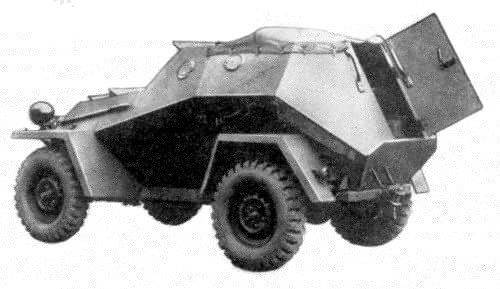
The machine retained the hull shape of the original sample, but the machine gun turret was removed, thus freeing up space for paratroopers. However, the "removal" of the machine gun turret did not mean that the developers were going to leave the car unarmed. Installing DT-29 seemed possible. But soon, the BA-64 alterations in the BTR were interrupted until March of the 1943 year, when a second sample was assembled, known to us as the BA-64 from the landings in the human 4.
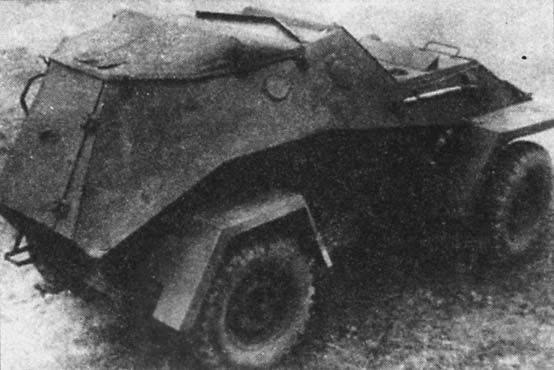
In the same month, a sample BTR was created with the possibility of placing up to 6-ti troops. 3 April 1943 was developed another version of the armored personnel carrier, but on the basis of the BA-64B.
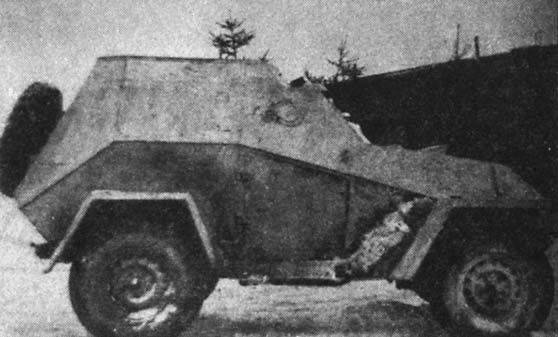
The sides of this variant were raised higher, and two loopholes were made on each side. Armament was absent. By the end of the year, GAZ engineers built three BA-64Es, which were sent to front-line tests. In both cases, the car was given a negative assessment: closely, uncomfortable, ineffective.
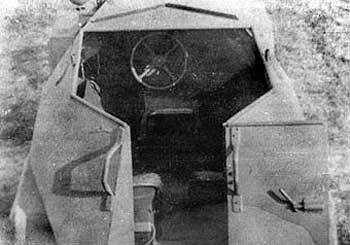
According to the results of military tests in September 1944, GAZ manufactured three more samples of BA-64E. Each armored personnel carrier was designed for 4's landing troops and had additional loopholes in the front and rear. Reservations and mobility of the car remained at the level of BA-64.
28 September 1944, these cars were shown to the marshal of the tank forces Ya.N. Fedorenko. He proposed some changes. Taking into account the recommendations of the Marshal, GAZ built three more armored personnel carriers with different options for implementing the proposed changes. Despite the encouraging reviews of Marshal Fedorenko during the next show and trials, these modifications did not go into the series, mainly due to the fact that the war was already ending and the car did not have time to get to the front.
Under the conditions of a disastrous shortage of armored personnel carriers in the Red Army (despite the Lend-Lease deliveries of American M3 Half-track and Scout-car, British Universal Carrier), by the end of 1942, such a machine was created at the Stalin plant. The semi-tracked ZiS-42M was taken as a base, a donor, the production of which was established at the plant of the same name.
The car had a classic layout: the engine compartment in the front, the control compartment in the center, and the landing gear in the aft one. The engine was supposed to be the same as on the ZIS-42M - 6-cylinder air-cooled ZIS-5М with the power 80 hp The crew of the car - the driver, the commander (gunner) and 14 man landing. Armament - one DT-29 and the ability to fire from personal small arms through the embrasures (each shooter could fire, as the embrasure was 14) in the side armor plates. Regarding the booking, you can only assume (which the author will do), since the car was made in a single version with a wooden case. Most likely, the armor would be bulletproof from 6 to 15 mm.
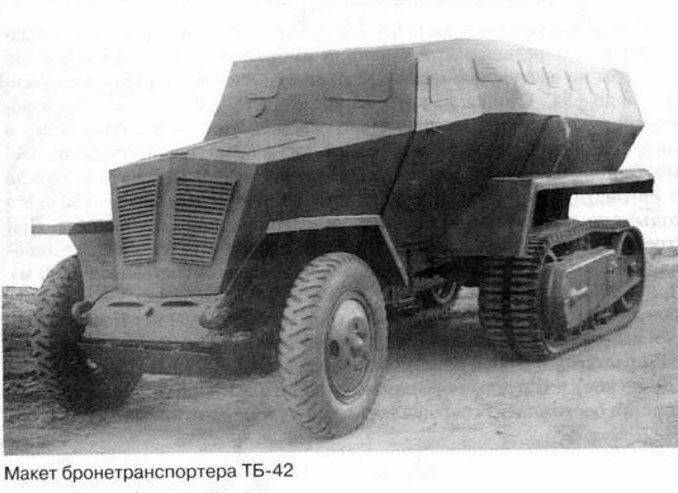
By the beginning of 1943, a wooden case was made, which was soon presented to the military. The BTR project was approved by the Main Armored Directorate. It was supposed to release an experimental batch of 5 vehicles by the summer of 1943, but the project was curtailed due to the poor usability and difficulty in operating the tracked propulsion.
The development of another Soviet armored personnel carrier was conducted at full speed in the design bureau of the automobile plant named after I.V. Stalin under the leadership of V.A. Grachev at the beginning of 1944. And this time, the plant developer of the new BTR resorted to the old principle: “create a new one based on the existing one”. So, the machine was created on the basis of the AT-3 artillery tractor that failed the tests. In turn, the AT-3 was a sort of "symbiosis" of the truck ZiS-5 and the tank base SU-76М.
The layout of the car was classic for that time: the front compartment - MTO, the middle one - the control compartment, and the fodder one - the amphibious assault landing. The engine of this miracle was the engine from the same ZiS-5 - carburetor six-cylinder 3 and С-16 with the power 85 hp. Access to the engine could be obtained using folding side hatches that close the engine. The maximum speed of the vehicle was of the order of 40 km / h, the tank volume in 150 liters provided the BTR with a theoretical power reserve of the order of 150 km. The body is welded, made of rolled steel 6-16 mm thick.
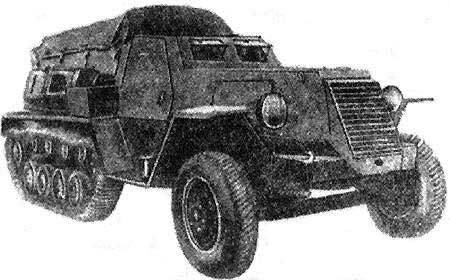
The troop compartment of the open type, i.e. there was no such roof, so in some cases it was possible to fix the awning. Armament - 12.7 DShK on the open turret in the middle of the machine. All fighters also had the opportunity to fire from embrasures. The crew was 12 people: 10 paratroopers, the driver and commander of the machine. The paratroopers could use the aft door to exit / enter the car, or they could use the doors on the sides intended for the commander and driver. Also, the developers assumed the possibility of using BTR as a conveyor of ammunition (fuel, etc.).
In the same forty-fourth, an armored personnel carrier was sent to tests at the Research Test Tank Test Site, where the vehicle did not pass, despite promising ground pressure indicators (of the order of 0,3 kg / cm2), which promised the machine an incredible permeability with "insignificant" weight (7100 kg). The military, to put it mildly, “did not like” the same mixed type of propulsion because of its complexity in operation and low reliability. We must not forget about the rapid overheating of the engine inherent in all proven machines of those years. The machine was not adopted.
I would like to write something of my own and try to “defame” the military a little, for the reason that they did not in any way facilitate the adoption of such a necessary type of weapons as armored personnel carriers, because the army was in dire need. But I will not do this, let others do it. I would also like to write about such projects as an attempt to create an armored personnel carrier on the basis of a reliable workhorse of the Red Army - SU-76M. But I haven’t found any reliable confirmations of this project (with the exception of the “creativity” of fans of alternative stories). But we are not like that, right? We do not like an alternative story, we love only the facts, so you see that there is.
Dear readers! Found a mistake, inaccuracy or omission? Write to the author! Thank you in advance!
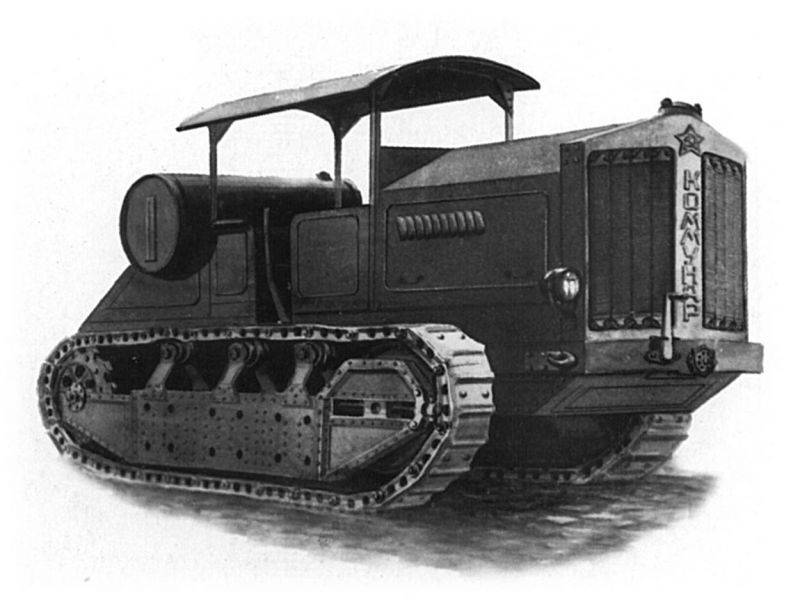
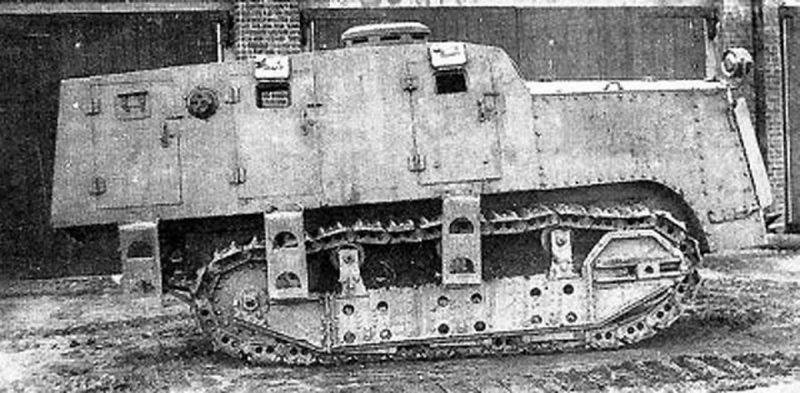
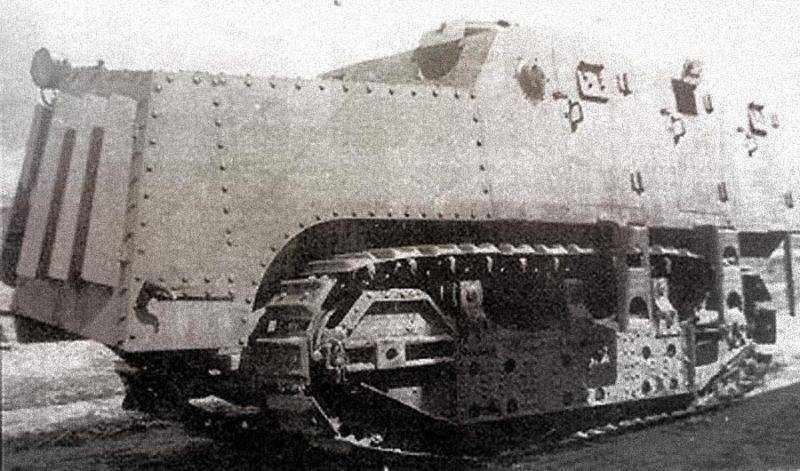
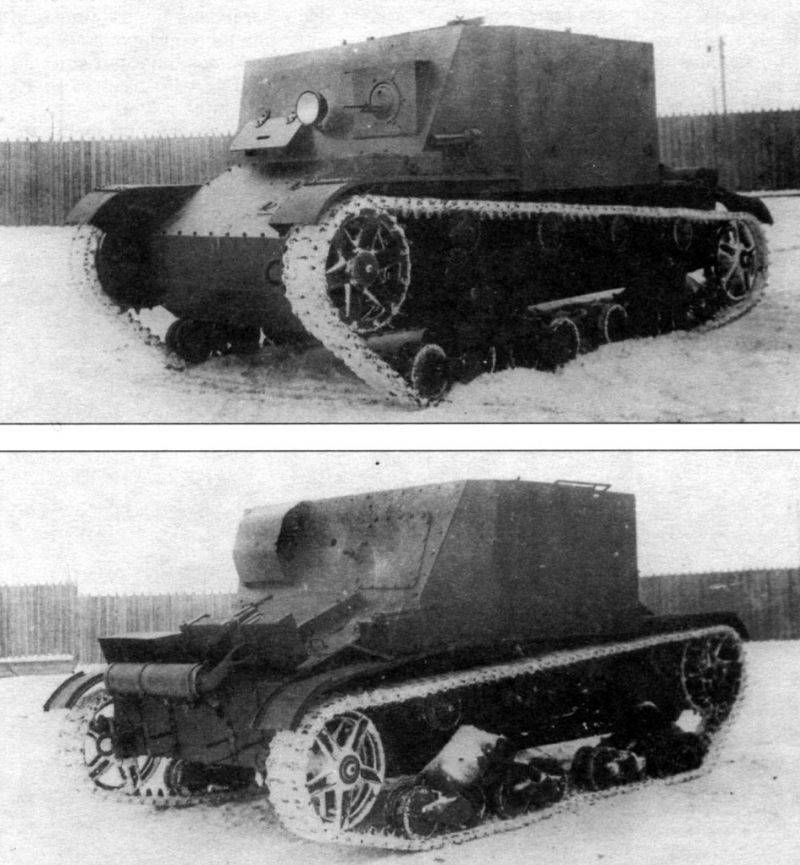
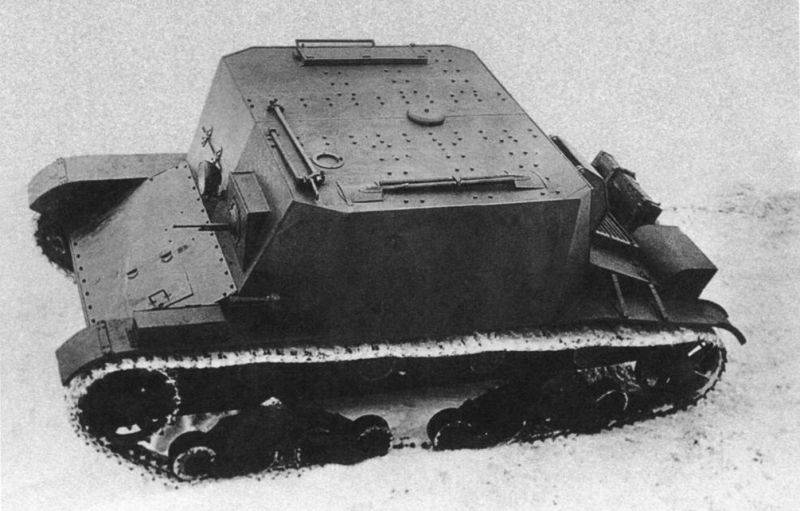
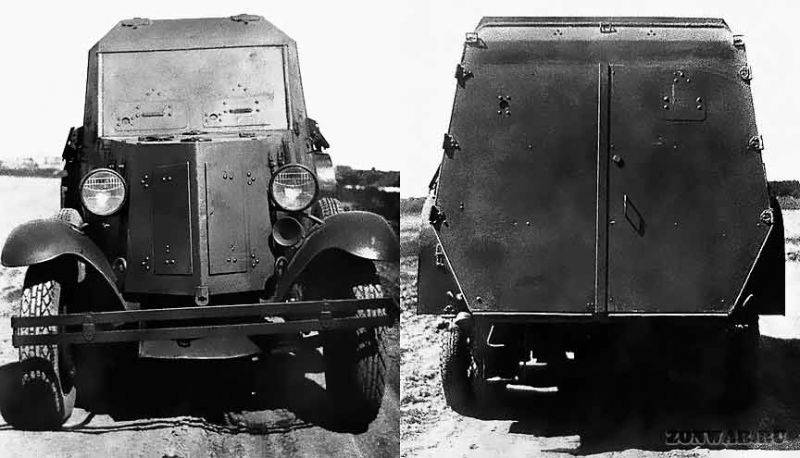
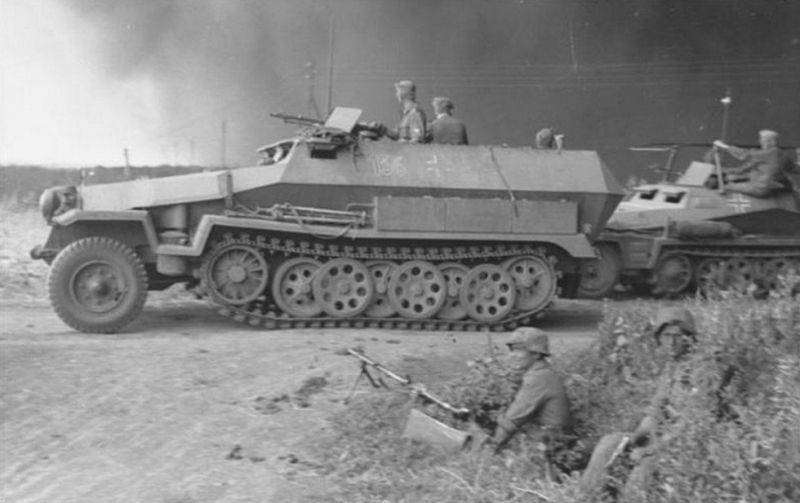
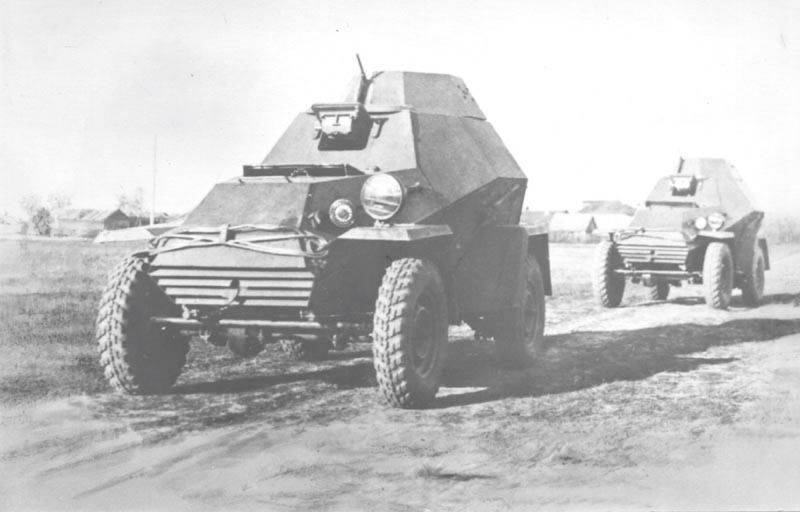
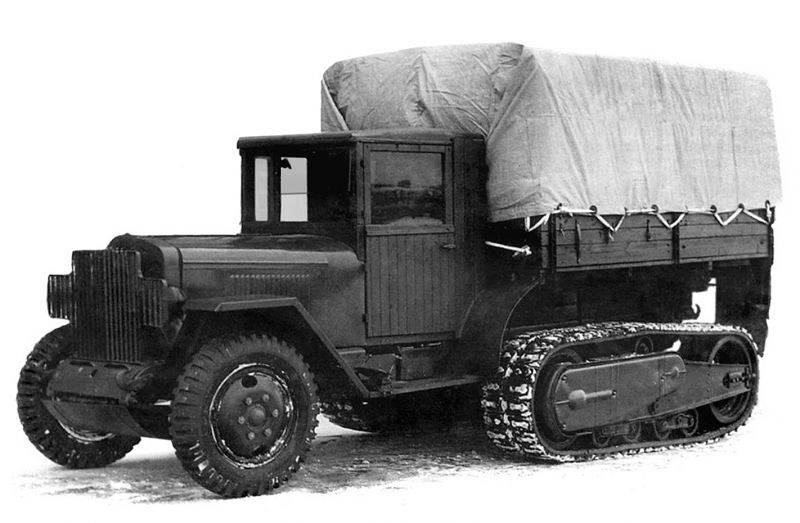
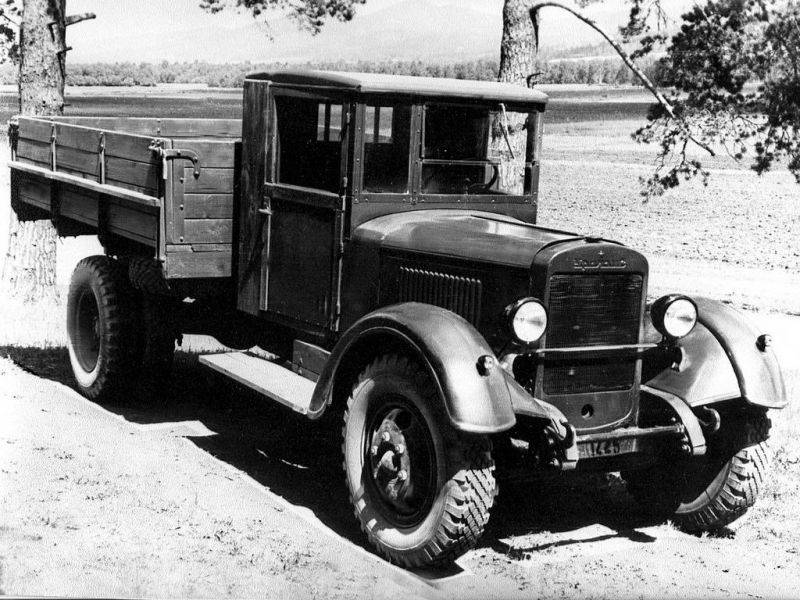
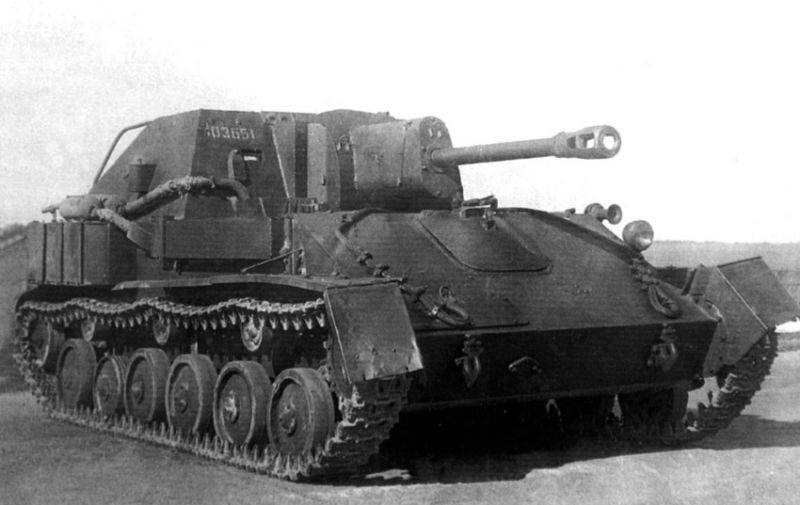
Information